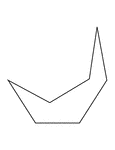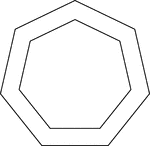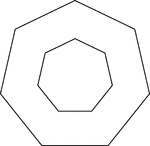Clipart tagged: ‘heptagon’

Heptagonal/Septagonal Antiprism
Illustration of a heptagonal, or sometimes known as a septagonal antiprism. An antiprism is formed by…
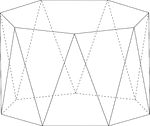
Heptagonal/Septagonal Antiprism
Illustration of a heptagonal, or sometimes known as a septagonal antiprism. An antiprism is formed by…
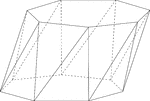
Skewed Heptagonal/Septagonal Antiprism
Illustration of a skewed (non-right) heptagonal, or sometimes known as a septagonal antiprism. An antiprism…

Septagonal/Heptagonal Bipyramid
Illustration of a septagonal bipyramid. A bipyramid, or dipyramid, is formed by joining two congruent…

Frustum Of A Decagonal Pyramid
Illustration of a hollow septagonal/heptagonal pyramid that has been cut by a plane parallel to the…

Flashcard of a polygon with seven equal sides
A flashcard featuring an illustration of a polygon with seven equal sides
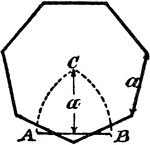
Construction Of A Heptagon
An illustration showing how to construct a heptagon, or septagon. "The appotem a in a hexagon is the…
Construction of Regular Heptagon in a Circle
Illustration of beginning of construction of a regular heptagon in a circle.
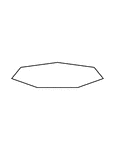
Irregular Convex Heptagon
Illustration of an irregular convex heptagon. This polygon has some symmetry.
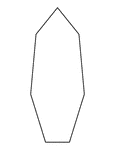
Irregular Convex Heptagon
Illustration of an irregular convex heptagon. This polygon has some symmetry.

Irregular Convex Heptagon
Illustration of an irregular convex heptagon. This polygon has some symmetry.
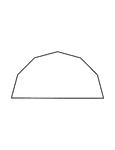
Irregular Convex Heptagon
Illustration of an irregular convex heptagon. This polygon has some symmetry.
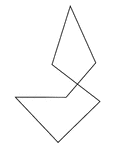
Crossed Polygon
Illustration of crossed polygon. This is not generally considered to be a real polygon.
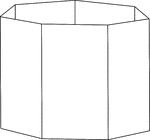
Heptagonal/Septagonal Prism
Illustration of a hollow right heptagonal/septagonal prism with regular heptagons/septagons for bases…
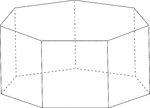
Heptagonal/Septagonal Prism
Illustration of a regular right heptagonal/septagonal prism with regular heptagons/septagons for bases…

Heptagonal/Septagonal Prism
Illustration of a right heptagonal/septagonal prism with regular heptagons/septagons for bases and rectangular…
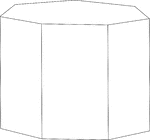
Heptagonal/Septagonal Prism
Illustration of a right heptagonal/septagonal prism with regular heptagons/septagons for bases and rectangular…
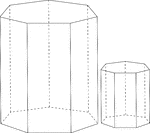
Similar Heptagonal/Septagonal Prisms
Illustration of 2 similar right heptagonal/septagonal prisms. Both have regular heptagons/septagons…
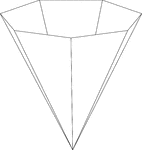
Inverted Septagonal/Heptagonal Pyramid
Illustration of a hollow right heptagonal (septagonal) pyramid. The base is a heptagon and the faces…
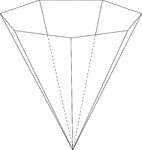
Inverted Septagonal/Heptagonal Pyramid
Illustration of a hollow right heptagonal (septagonal) pyramid. The base is a heptagon and the faces…

Septagonal/Heptagonal Pyramid
Illustration of a right septagonal/heptagonal pyramid with hidden edges shown. The base is a heptagon…

Septagonal/Heptagonal Pyramid Cut By Plane
Illustration of a right septagonal/heptagonal pyramid, with hidden edges shown, that has been cut by…

Frustum Of A Septagonal/Heptagonal Pyramid
Illustration of a septagonal/heptagonal pyramid that has been cut by a plane parallel to the base. The…

3 Concentric Septagons/Heptagons
Illustration of 3 regular concentric heptagons/septagons that are equally spaced.
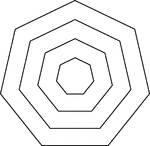
4 Concentric Septagons/Heptagons
Illustration of 4 regular concentric heptagons/septagons that are equally spaced.
!["A polygon of...seven sides [is] a heptagon." —Hallock 1905](https://etc.usf.edu/clipart/36100/36137/heptagon_36137_mth.gif)

